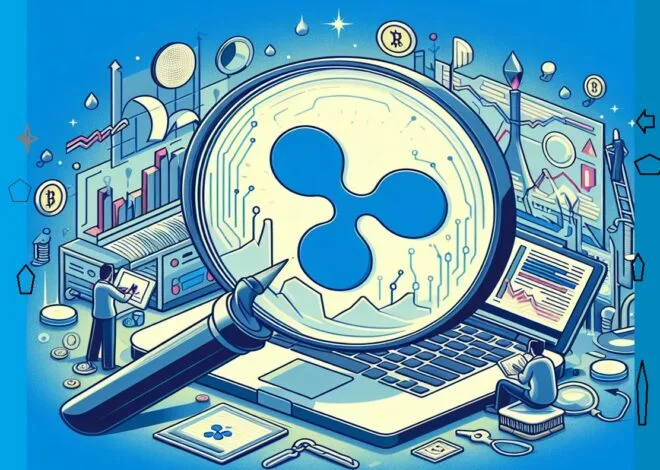
The recent announcement by the BRICS alliance of its intent to develop a SWIFT alternative has sent shockwaves through the global financial landscape. This move, aimed at reducing reliance on the US dollar, is a bold step towards a multipolar world order. As the dust settles, one cryptocurrency is gaining significant attention: XRP.
The BRICS bloc, comprising Brazil, Russia, India, China, and South Africa, represents a substantial portion of the global economy. By creating a homegrown financial messaging system, the alliance seeks to streamline trade, investment, and remittances among its members. This endeavor aligns with the broader trend of de-dollarization, a geopolitical move that could reshape the global financial architecture.
Enter XRP. This digital asset, developed by Ripple, has been making inroads into the cross-border payment space. Its speed, efficiency, and low transaction costs have garnered attention from financial institutions worldwide. With a growing network of partners in BRICS nations, XRP is well-positioned to play a pivotal role in the new financial infrastructure.
Thailand, a prospective BRICS member, has shown keen interest in XRP, further solidifying the cryptocurrency’s relevance to the region. If adopted by the BRICS bloc, XRP could potentially revolutionize cross-border transactions within the group, offering a stark contrast to the traditional SWIFT system, known for its slow and expensive transfers.
Market analysts are cautiously optimistic about XRP’s prospects. Some predict that if XRP captures even a small fraction of SWIFT’s transaction volume, its price could skyrocket. This bullish outlook is underpinned by the sheer size of the BRICS economies and the potential for XRP to become an integral part of their financial ecosystem.
However, challenges remain. Integrating XRP into a complex, multi-currency system requires careful consideration. Regulatory hurdles in different jurisdictions and the competitive landscape within the cryptocurrency market could pose obstacles. Nevertheless, Ripple’s technological advancements and the BRICS alliance’s apparent openness to blockchain technology create a fertile ground for innovation.
The potential synergy between XRP and the BRICS financial initiative is undeniable. If realized, it could mark a watershed moment for both the cryptocurrency and the global financial system. As the BRICS alliance forges ahead with its ambitious plans, the world will be watching closely to see if XRP can seize this historic opportunity.






